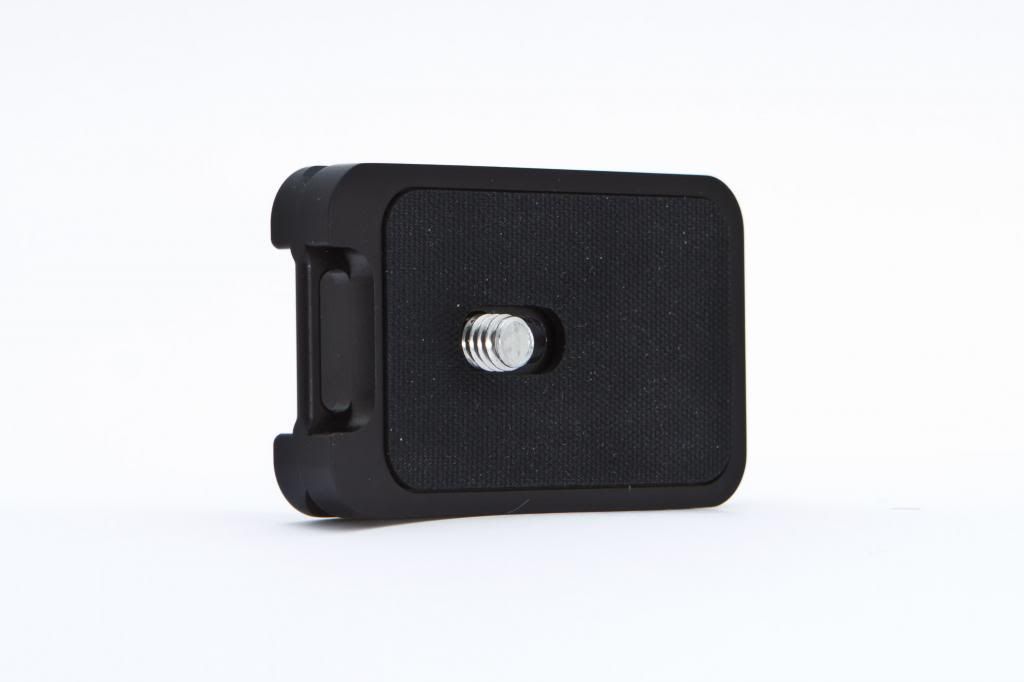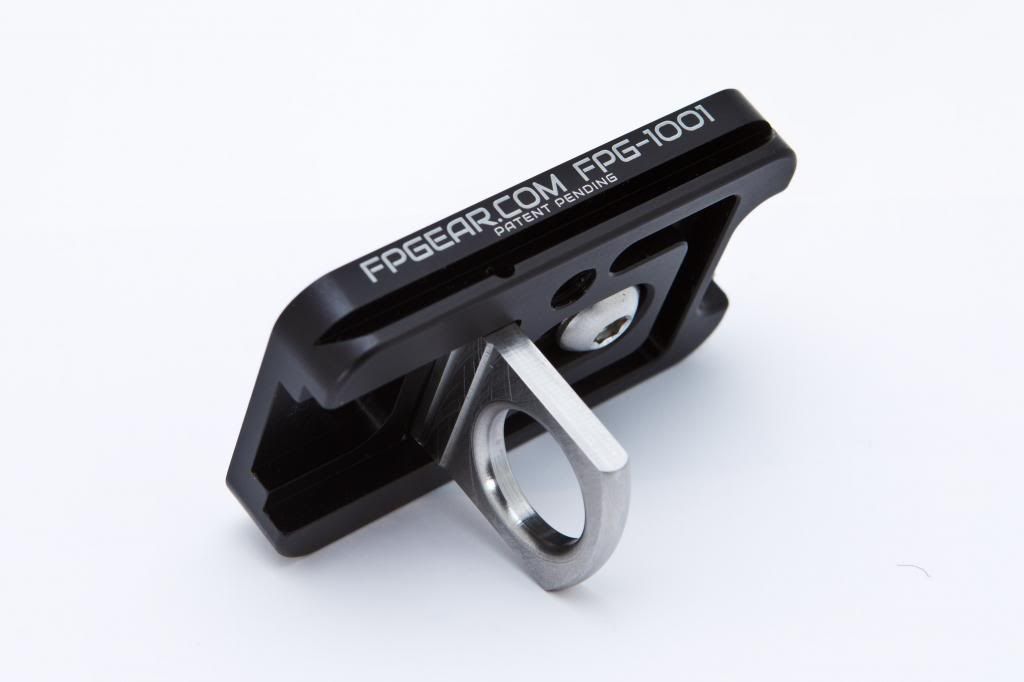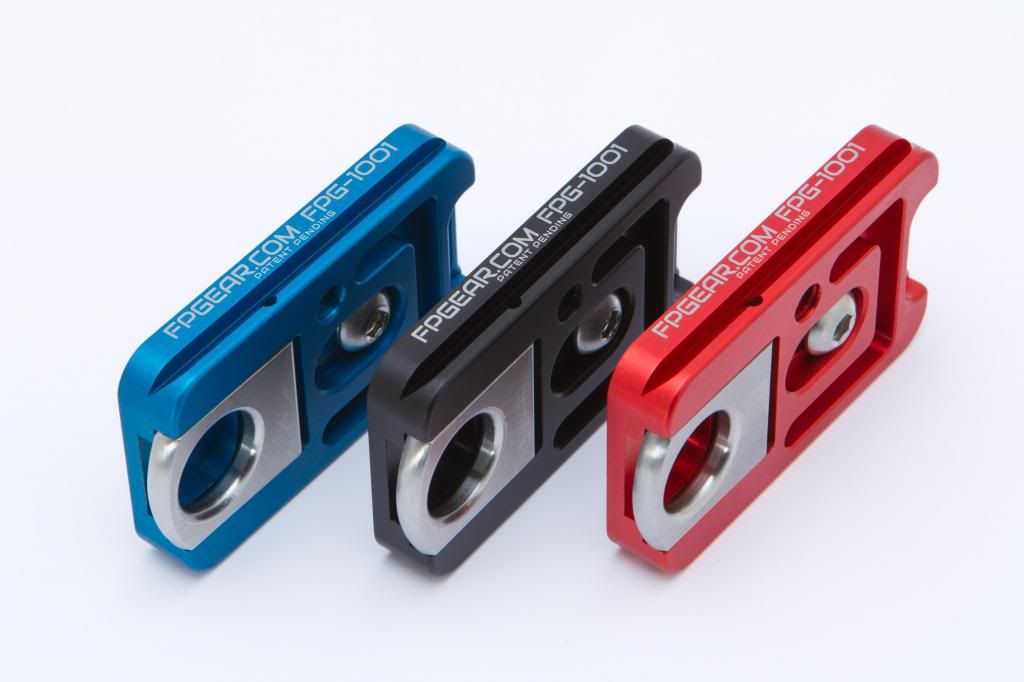I just received a 6" Tormach rotary 4th axis. I haven't installed it yet so I have no way of determining the question I have so hopefully someone can assist.
I am curious about the actual time it takes the table to turn 180 degrees? I mean at it fastest speed, assuming that the speed is programmable. I would think the rotation speed would have to be and related to the IPM you would program for the cutter.
However my project only requires the rotation to occur at rapid traverse speed only, so again does anyone know how long the 6" table takes to turn 180 degree?
Thanks in advance
Thread: 4th Axis rotation speed
Results 1 to 19 of 19
-
02-17-2013, 12:00 AM #1
 Registered
Registered
- Join Date
- Dec 2012
- Posts
- 194
4th Axis rotation speed
-
02-17-2013, 05:25 AM #2
 Registered
Registered
- Join Date
- Mar 2012
- Posts
- 133
I Have the 8" tilting 4th. Just for you I loaded that 150 lb monster to see how fast it can turn, Flat out it took 9 seconds to turn 180 degrees. Both the 6 and 8 inch turn at 5 rpms.
-
02-17-2013, 01:26 PM #3
 Registered
Registered
- Join Date
- Dec 2012
- Posts
- 194
Thanks Joe, wow I guess I didn't expect that effort. That table you have is a hog.
At 9 seconds for 180 degrees I calculate your rpm at 3.33. At 5 rpm the 180 turn would be 6 seconds. Where did you get the rpm data, I looked through all the tormach info and didn't see it stated, what did I miss?
The reason I asked is because on my part, you saw it, I have to machine each side with aprox 8-10 tools, most common to both sides, so the question is what is faster, with a given tool in the spindle machine on one side and then rotate and machine other side before changing tools. Or do all the machining on one side making the tool changes, then rotate and do all the machining on the other side.
Thanks again,
2 questions and a comment:
1. Did you spring for a hat?
2. Are we going to see you next month?
3. I have a deckel that keeps calling your name?
-
02-17-2013, 04:39 PM #4
 Registered
Registered
- Join Date
- Mar 2009
- Posts
- 1863
I think I would run one tool on both sides of the part before changing tools. It looks like the 180* rotation time is about the same as tool change time so why not eliminate unnecessarey tool changes.
Even if the part has a different configuration on each side, the fewer tool changes the better.
You could run one side, rotate and use the same tool on the second side, then when you change tools, run side two first, before you rotate back to side one. You could eliminate extra rotations that way.You can buy GOOD PARTS or you can buy CHEAP PARTS, but you can't buy GOOD CHEAP PARTS.
-
02-17-2013, 05:19 PM #5
 Registered
Registered
- Join Date
- Mar 2012
- Posts
- 133
-
02-17-2013, 05:39 PM #6
 Registered
Registered
- Join Date
- Dec 2012
- Posts
- 194
Thanks, I didn't see that doc before. Interesting it says 5 rpm max on both page 1 and 3. It also indicates the same is possible for your table. So I have to wonder what is the right answer.
My plan at the moment is to change tools as needed and minimize rotations, but again just the plan at the moment. Further input may sway me.
Getting another 1100, wow congrats on the business growth that is needed to support the 2 machines.
#2 will look forward to it.
#3 PM me the job info, I might be able to help
-
02-17-2013, 08:15 PM #7
 Registered
Registered
- Join Date
- Dec 2012
- Posts
- 194
Steve wrote
I would guess the rotation and tool change, are as you suggest, about the same. Both sides are quite different and the real reason to use the rotary fixture is because I also have to drill holes in the side between the first and second side. Sounds complicated so I have attached pics.I think I would run one tool on both sides of the part before changing tools. It looks like the 180* rotation time is about the same as tool change time so why not eliminate unnecessarey tool changes.
Even if the part has a different configuration on each side, the fewer tool changes the better.
You could run one side, rotate and use the same tool on the second side, then when you change tools, run side two first, before you rotate back to side one. You could eliminate extra rotations that way.
This is the first publishing of our brand new photography product which will be launched on Kickstarter in the very near future. More on that later.
From these pics you can see that the 2 main sides are different and also the holes that are drilled in the sides.
There are 11 tools total. 10 in the ATC and then a face mill that we start with and make a manual removal when it is done. The first side uses 8 of the ATC tools while the opposite side takes 7. The holes are drilled using 3 of the 10 ATC tools and due to the way the parts are staged I can drill all of them by rotating the fixure one time 90 degrees.
Initial production is running and we are thinking the rotary concept will improve our capacity.
First side:

Second side:



-
02-17-2013, 08:30 PM #8
 Gold Member
Gold Member
- Join Date
- Feb 2006
- Posts
- 7063
If your goal is to make those quickly, I wouldn't use a 4th axis at all. It looks to me like nothing but simple 2.5D machining is required to make those. Build a fixture that holds a bunch of blanks, and machine one side at a time on a large number of parts, then flip them, and do another side. With proper setup and tooling, you should only have to flip them one time to do everything. By having multiple fixtures (have the machine working on one, while you prepare the next one - loading new blanks or flipping the partially machined parts to prepare for machining the second side), I bet you could pretty easily make at least 50-100 of those in a day, likely more. Doing it with a 4th axis, I'd bet you'd be hard-pressed to make even 25 in a day.
Regards,
Ray L.
-
02-17-2013, 08:52 PM #9
 Registered
Registered
- Join Date
- Mar 2009
- Posts
- 1863
I think I would have to agree with Ray on this one, but I will have to add something. Depending on whether you're making them on a 770 or a 1100, I would make a fixture that will hold a certain number of parts on one end and an equal number on the other end.
Your goal would be to run 4 or 6 parts on the first side, then move them to the other wnd of the fixture and run the other side. The end result being, you take parts finished on side one, flip them over in side two and reload side one. That way when your program ends, you'll have 4 or 6 finished parts. Then you move parts from side one to side two, reload side one again and start the process again. It goes really fast once you get the hang of it.
Good call Ray.You can buy GOOD PARTS or you can buy CHEAP PARTS, but you can't buy GOOD CHEAP PARTS.
-
02-17-2013, 09:02 PM #10
 Registered
Registered
- Join Date
- Dec 2012
- Posts
- 194
Thanks, all your input and comments are appreciated.Initial production is running and we are thinking the rotary concept will improve our capacity.
Currently I use an 8 up fixture and turn the parts. But always thinking of new ways, the rotary fixture being one of the concepts under consideration.
-
02-18-2013, 03:43 AM #11
 Gold Member
Gold Member
- Join Date
- Sep 2012
- Posts
- 1543
Re: 4th Axis rotation speed
Gotta love kickstarter

-
04-21-2013, 04:39 AM #12
 Registered
Registered
- Join Date
- Dec 2012
- Posts
- 194
Kickstarter update
We launched our Kickstarter last Thursday and have reached our funding goal within the first 3 days.
The Fusion Plate - A Camera Accessory by David Fliger ? Kickstarter
-
04-21-2013, 12:20 PM #13
 Gold Member
Gold Member
- Join Date
- Sep 2012
- Posts
- 1543
Pretty cool! Good luck
-
04-22-2013, 05:01 AM #14
 Registered
Registered
- Join Date
- May 2011
- Posts
- 180
Another thing to consider here is that turning the 4th axis is not 100% accurate. It is like 99.99% accurate. Does that matter? Well, if you have a couple of machining operations that are related, doing them serially before turning the table is going to be a little more accurate. Turning the part over then back, you might end up off .001/ resulting in a line in your finish. Does it matter to you? Can't answer that, but is something to consider. I generally do all of my operations on a side before rotating.
For this specific case, I agree that the rotary table may not be the most efficient way of doing this especially in large batches.
Kevin
-
04-22-2013, 07:52 AM #15
 Gold Member
Gold Member
- Join Date
- Jun 2006
- Posts
- 2512
-
04-22-2013, 04:42 PM #16
 Registered
Registered
- Join Date
- Mar 2013
- Posts
- 91
That's the way I program my Tormach 8" rotary table 4th axis because it is a worm drive with backlash, the same as my manual 6"RT. I use the same technique as on my manual mill without ball screws; always approach from the same direction. That’s the way one used to run manual machines before ball screws and DROs. Also there was a rumor of a thing called a slide rule before electronic scientific calculators and PCs. I can only wonder what that was like.
Don Clement
-
04-22-2013, 08:08 PM #17
 Registered
Registered
- Join Date
- Jan 2007
- Posts
- 116
-
04-22-2013, 10:04 PM #18
 Registered
Registered
- Join Date
- Mar 2013
- Posts
- 91
I actually never had to use a slide rule. In1972 I bought an HP35 that negated the need for a slide rule. The HP 35 cost $400 and took 10 weeks to get from Neely HP sales in Fullerton. The HP-35 Calculator My HP35 did have a 2.02 ln error and HP said to return it and they would fix it at no charge but I never did. HP was a great company with excellent service back in those days (before Carly) that had an engineer at the helm, not unlike Tormach today.
Don Clement
-
04-23-2013, 01:04 AM #19
 Registered
Registered
- Join Date
- Feb 2007
- Posts
- 41
I haven't timed it but i'd guess about 10 seconds with a G0 command. I can time it if it's important. By the way it adds a lot of capability.
Similar Threads
-
VH 65 A axis rotation
By timo2le in forum FadalReplies: 5Last Post: 09-08-2018, 10:13 AM -
A axis rotation ????
By dunnitagain in forum FadalReplies: 1Last Post: 07-29-2011, 01:50 AM -
Rotating speed for rotation nut.
By dimasik3 in forum Linear and Rotary MotionReplies: 0Last Post: 04-30-2011, 09:31 PM -
Rotation along the y axis?
By HereinCS in forum DIY CNC Router Table MachinesReplies: 1Last Post: 07-09-2010, 05:27 PM -
B axis rotation
By fitzpatrick2362 in forum MetalWork DiscussionReplies: 0Last Post: 10-12-2009, 12:06 PM






 Reply With Quote
Reply With Quote


